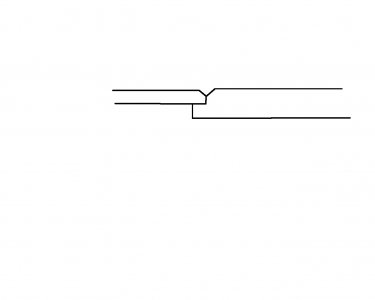Ok, it is as done as it is going to get. Not the prettiest, but not a total embarrassment, either. I spent a couple hours making beads on some round scrap. I turned down about 10 thou. on the lathe to clean it and washed it down with acetone. I adjusted the balance to 20% and that seemed to fix the over cleaning action.
I cut a ring about 5/8" long to make a stop for the bottom tube and braced it in and welded it in place. That was a very difficult weld, or at least I had a lot of difficulty getting the thicker side to melt.
After welding the ring on, I put it in the lathe and trimmed the weld flat, but left some so as not to weaken it too much and provide a flat for the bracket to rest on. Then I cut the step in the thick wall tube to fit the upper thin wall tube.
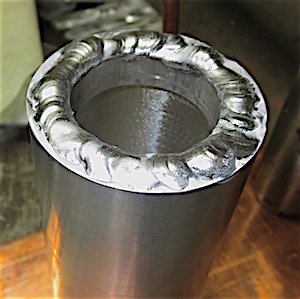
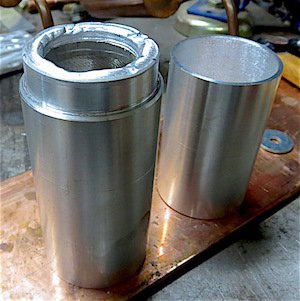
Then, I welded the two together. I made a little bevel on the mating surfaces. I had to turn the amps up much more that what I used to practice. I set it to the upper range recommended for 3/8" stock. I'm not very good at welding round things. I could only manage about 3/4" at a time. I clamped the parts together and didn't need to tack. I got one blob right off the bat before I turned up the amps, and mounted the thing in the lathe and trimmed it down some. The parts were straight and turned true on the lathe.
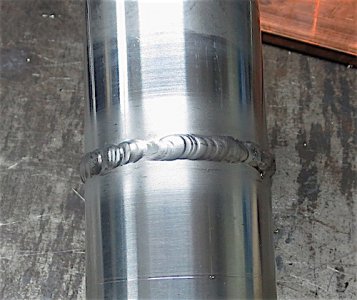
So, here it is, doing what it was made to do. This would have been so much easier if I could made the adapter to fit inside the tubes, but they have an internal seam.
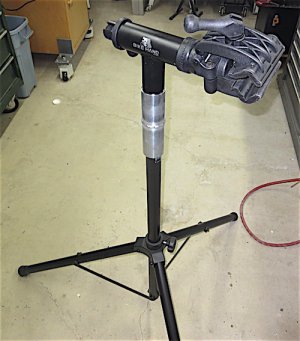
Weird. Every time I wrote the word "lathe" is makes a link.


